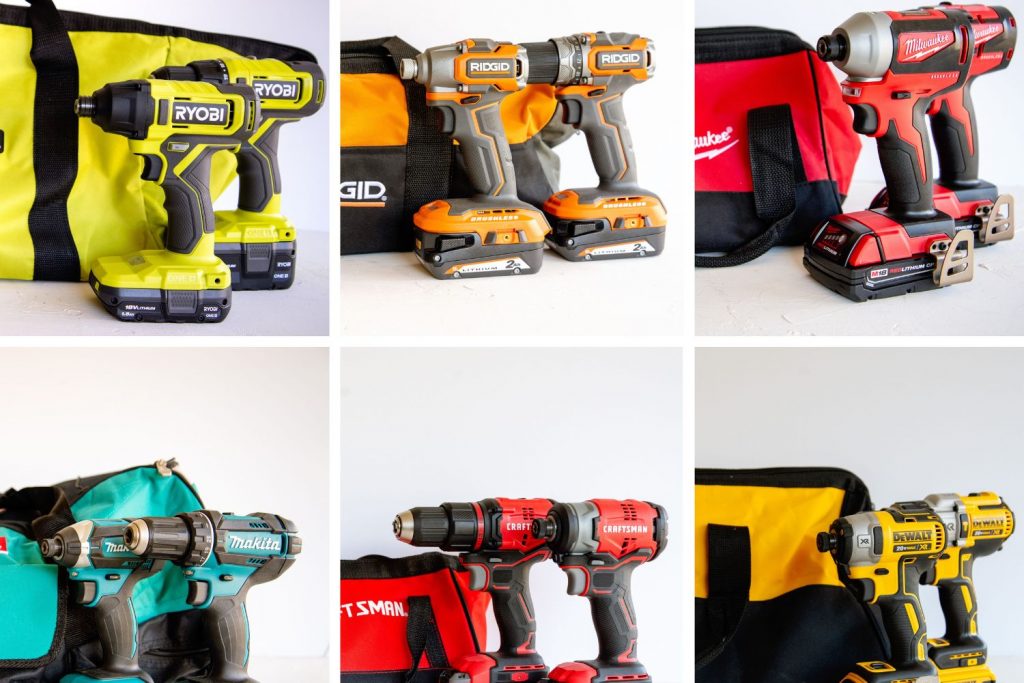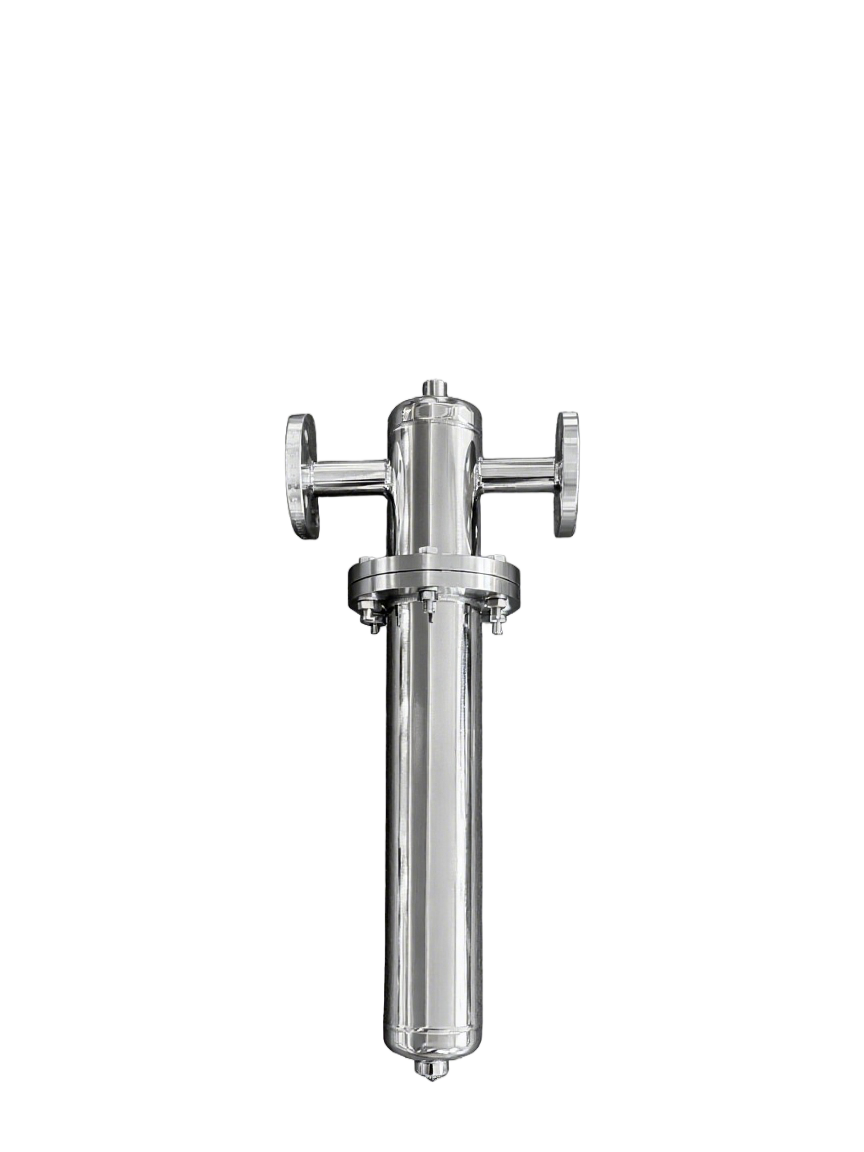Unveiling the Distinctions: Simple Tools vs. Complex Tools

In today's rapidly evolving world, tools play a crucial role in enhancing productivity and efficiency across various industries. However, not all tools are created equal. Some are simple, while others are complex. Understanding the difference between these two types of tools is essential for optimizing their usage and harnessing their full potential. In this blog post, we will delve into the disparities between simple and complex tools, exploring their characteristics, benefits, and applications.
- Defining Simple Tools:
Simple tools are characterized by their straightforward design and ease of use. They are typically uncomplicated, requiring minimal training or expertise to operate effectively. These tools serve specific purposes and are often employed for routine tasks that do not demand intricate functionality. Examples of simple tools include hammers, screwdrivers, and wrenches. - Unveiling Complex Tools:
Complex tools, on the other hand, are sophisticated and multifaceted. They possess advanced features and capabilities, enabling them to handle intricate tasks and solve complex problems. These tools often require specialized training or expertise to operate efficiently. Complex tools encompass a wide range of technologies, such as computer software, advanced machinery, and scientific instruments. - Key Distinctions:
3.1 Functionality:
Simple tools excel at performing basic functions efficiently. They are designed to accomplish specific tasks with precision and reliability. In contrast, complex tools offer a broader range of functionalities, allowing for versatility and adaptability in tackling diverse challenges.
3.2 Learning Curve:
Simple tools are user-friendly and require minimal training. They can be quickly grasped and utilized by individuals with limited technical knowledge. Conversely, complex tools demand a steeper learning curve due to their intricate features and functionalities. Proficiency in operating complex tools often necessitates extensive training and experience.
3.3 Problem Solving:
While simple tools are effective for straightforward problem-solving, complex tools excel in addressing intricate and multifaceted issues. Their advanced capabilities enable users to analyze complex data, simulate scenarios, and generate comprehensive solutions.
- Benefits and Applications:
4.1 Simple Tools:
- Cost-effective: Simple tools are often more affordable and accessible, making them suitable for small-scale operations or individuals with limited resources.
- Widely applicable: Simple tools find applications in various industries, including construction, woodworking, and basic repairs.
- Time-efficient: Due to their simplicity, these tools can expedite routine tasks, saving time and effort.
4.2 Complex Tools:
- Precision and accuracy: Complex tools offer high precision and accuracy, ensuring reliable results in fields such as scientific research, engineering, and data analysis.
- Innovation and advancement: Complex tools drive innovation and progress in industries by enabling cutting-edge research, development, and problem-solving.
- Automation and efficiency: With their advanced features, complex tools automate processes, streamline workflows, and enhance overall efficiency.
Conclusion:
In summary, the distinction between simple and complex tools lies in their design, functionality, learning curve, and problem-solving capabilities. Simple tools excel in performing specific tasks efficiently, while complex tools offer advanced functionalities and versatility. Understanding the differences between these two types of tools empowers individuals and industries to make informed decisions regarding tool selection and utilization. By harnessing the power of both simple and complex tools, we can unlock new possibilities and drive progress across various domains.



